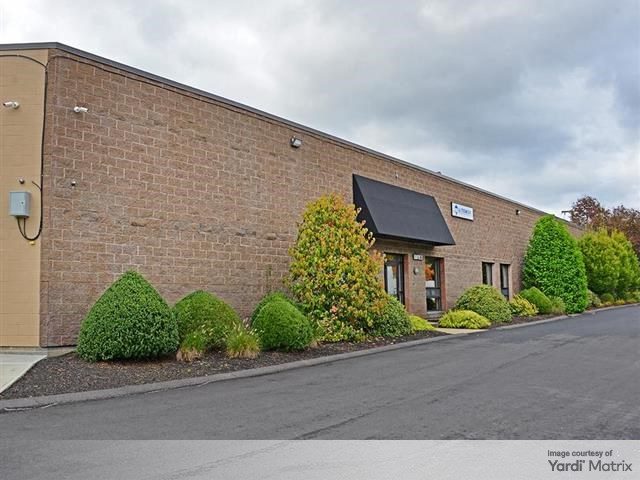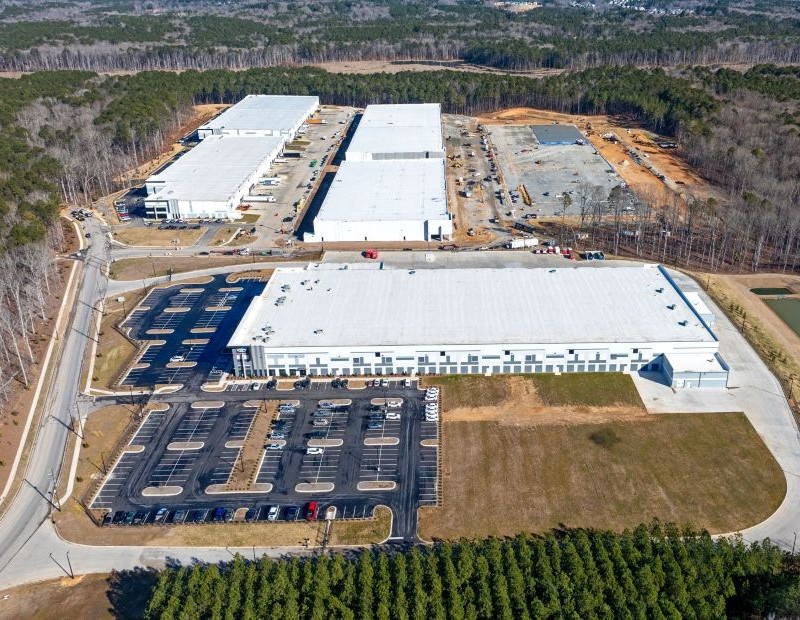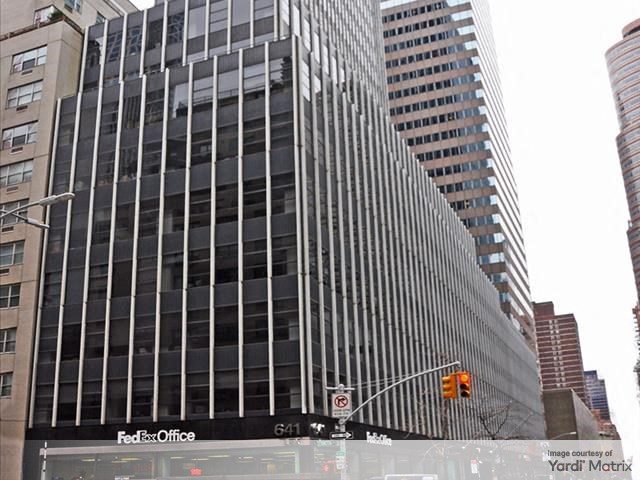How Poor Performance Can Aid Property Tax Appeals
Accounting for weak operations can buoy arguments to reduce taxable value, writes Baker Jarrell of Popp Hutcheson PLLC.

Property taxes are an ongoing headache for many commercial real estate owners, especially when their properties generate inadequate income. Assessors compound these frustrations when they value underperforming real estate as if it were operating on par with the market. By understanding the source of the poor performance, however, owners can build a compelling appeal to reduce their property’s taxable value.
One of the main reasons taxing entities overvalue underperforming properties is their use of mass appraisal. The appraisal districts that value real estate for taxation typically deal with thousands of parcels contributing to hundreds of billions of dollars in market value. Mass appraisal allows these districts to systematically value large numbers of properties where performing individual appraisals would be unfeasible.
Understandably, this methodology can create confusion and frustration among property owners, who often feel their assessment does not accurately represent the specific real estate. Mass appraisal is a useful method but lacks the nuance necessary to determine the actual value of real estate and, thus, the appropriate tax levy.
Adjust to occupancy
With a standard property that operates at market-level occupancy, income and expenses create market value based on an expected rate of return. Assessors and appraisers know this as the income approach to valuation.
Additional losses should be factored into the value when the property performs below standard occupancy, however. This means that, when a property has vacancy well above the market rate, the final value must account for this gap.
The first remedy for excessive taxation on a poorly performing property is to adjust for rent loss in the income approach. For instance, if there are two otherwise comparable buildings but one maintains the market occupancy of 85 percent and the other is only at 50 percent occupancy, it does not make sense to appraise and value them equally.
Any buyer of a poorly performing property will incur significant costs to lease up the building to the market level. The costs typically include rent loss, tenant improvements and leasing commissions. In valuation, an appraiser would total the present value of these costs over the absorption period to arrive at the total discount for rent loss. The appraiser can then deduct the discount from the previously calculated value via the income approach to represent what a buyer would pay in an arm’s length transaction.
Other factors
If the property’s poor performance is attributable to factors other than vacancy, there are still options available in an appeal. Often, trends outside the property owner’s control limit the income a particular property can generate and, consequently, the overall value. Shifts in legislation, supply and demand, or any industry-specific economics are all possible factors contributing to a reduction in earning potential. Incorporating economic obsolescence in the cost approach quantifies poor performance from these external factors.
For example, if a property has a depreciated improvement plus land value of $10 million and a market rate of return of 9 percent, it would be expected to generate $900,000 annually. If the stabilized net income before taxes is only $650,000, however, there is a deficit of $250,000. Dividing the difference by the rate of return (9 percent) determines the economic obsolescence adjustment of $2.8 million. In this scenario, the property taxes would be initially assessed at $10 million, but $7.2 million is the more accurate figure.
Lastly, what can owners do when the property is generating sufficient income today, but potential struggles loom on the horizon? The typical signal for approaching difficulty comes from a rent roll analysis, which will identify leases set to expire in the next few years. Without guaranteed rent for an extended period, property income can become volatile in tandem with economic conditions.
Potential volatility indicates an elevated risk, for which any buyer would demand an increased rate of return. As a result, the capitalization rate needs to be adjusted upward to account for the higher risk when compared to a similar property with greater cash-flow certainty. Because of their inverse relationship, a higher cap rate will result in a lower property value. Initially, the appraisal district will be unaware of the income volatility and will assess taxes at the incorrect value.
To illustrate, if a property in a specific market typically requires an 8 percent capitalization but is found to carry excess risk, the cap rate may need to be 9 percent or higher for that property. If the hypothetical building generates $600,000 in net operating income, the cap rate adjustment decreases taxable value by 11 percent. This shows how understanding the property’s expected future performance helps estimate at a more accurate market value.
When it comes to determining the taxable value of real property, the owner is always going to have access to the most helpful information for showing how the property performs. It is unrealistic to assume an appraisal district can reach the same conclusion of value while using less specific information. As such, it is the responsibility of the owner’s tax team to use this information in establishing a more accurate and fair opinion of value.
Baker Jarrell is a property tax consultant at the law firm Popp Hutcheson PLLC, the Texas member of American Property Tax Counsel, the national affiliation of property tax attorneys. The firm focuses its practice on defending owners in property tax disputes.







You must be logged in to post a comment.